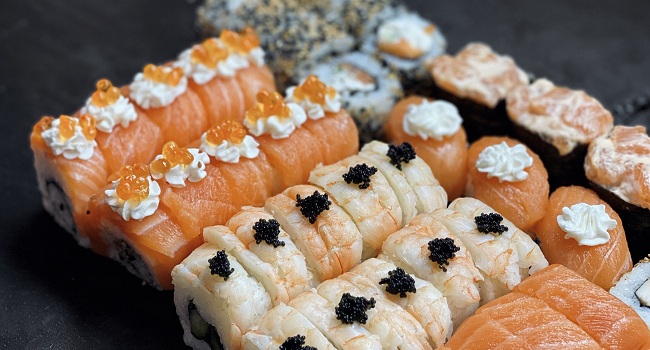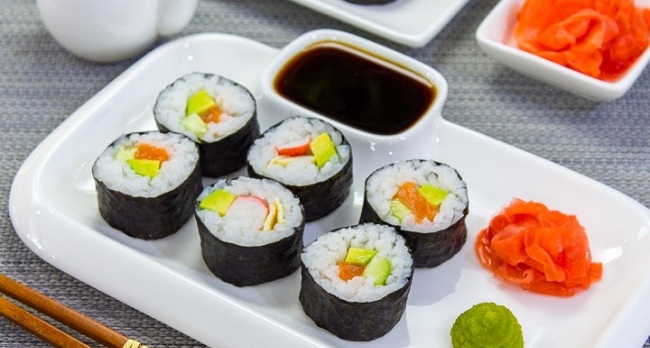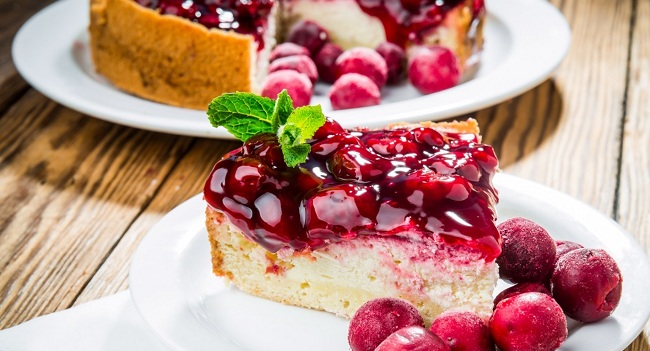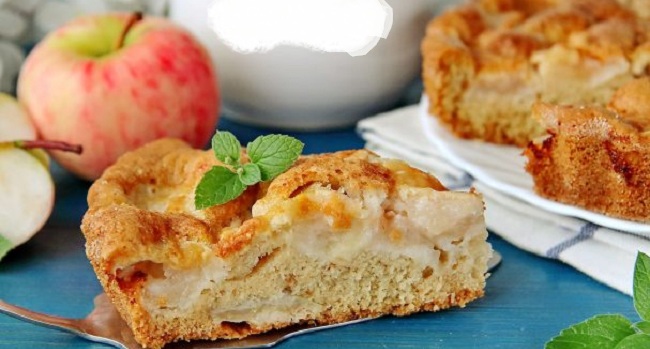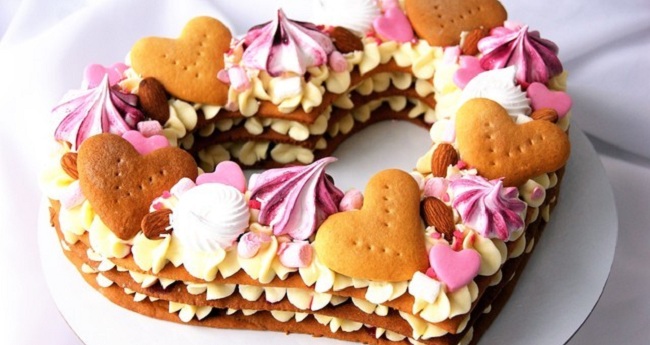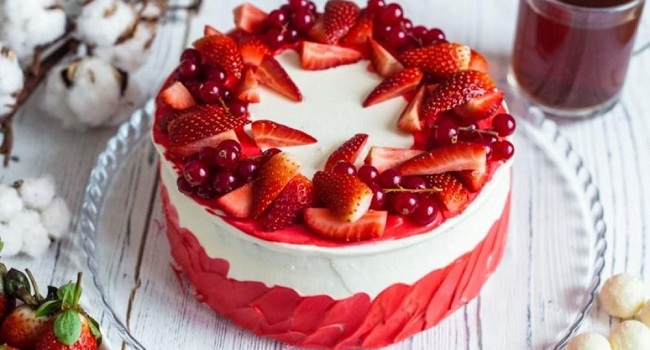Most people associate barbecue with a warm summer breeze, with green tree branches hanging over the grill and sunlight that accompanies the party almost until its end. But the Big Green Egg grill shouldn’t get dusty in the garage in winter, because this is not seasonal sports equipment, it is suitable for use at any time of the year.
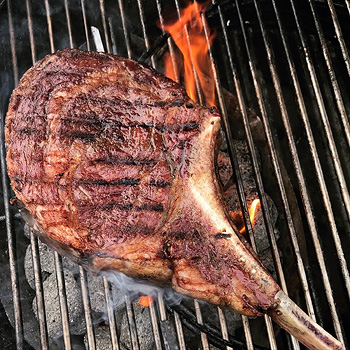
In winter, cooking is even more pleasant: insects do not get bored, gathering at the lamps; the drinks are not heated, and the guests are even more delighted to welcome your little culinary masterpieces.
- Place the grill in the least windy corner of the yard, as it is the icy wind that penetrates the blower and cools the heat;
- The day before your planned BBQ party, bring the charcoal into your home to warm it up and dry, making it easier to fire.
- It is only necessary to store coal in paper bags, as condensation can form on the walls of the plastic packaging due to temperature differences. The resulting water droplets will be absorbed by the coal, from which its quality will only suffer.
- Close the charcoal bag tightly. Many people store grill charcoal in their garage, which has a ton of chemical odors such as gasoline, paint, or furniture varnish. If this smelling air gets to the coal, then you risk getting a steak for lunch with the smell of gasoline, engine oil, etc.
- Equip yourself with tools: buy Big Green Egg tongs for meat and vegetables, and a metal spatula for fish. Under no circumstances pierce the grilled food with a fork, as you will only damage them and lose juice, turn juicy tidbits into dry and sinewy. The fork is only useful for slicing the finished dish.
- Don’t tackle complicated recipes in winter. Bad weather can quickly ruin plans, be prepared for this. Cook simply and with passion.
- If you want something like that, then it’s time to get a set of spices from the cabinet and make a fragrant sauce. With the Big Green Egg Pickle Syringe, you can make your steak or poultry even more juicy and tender.


